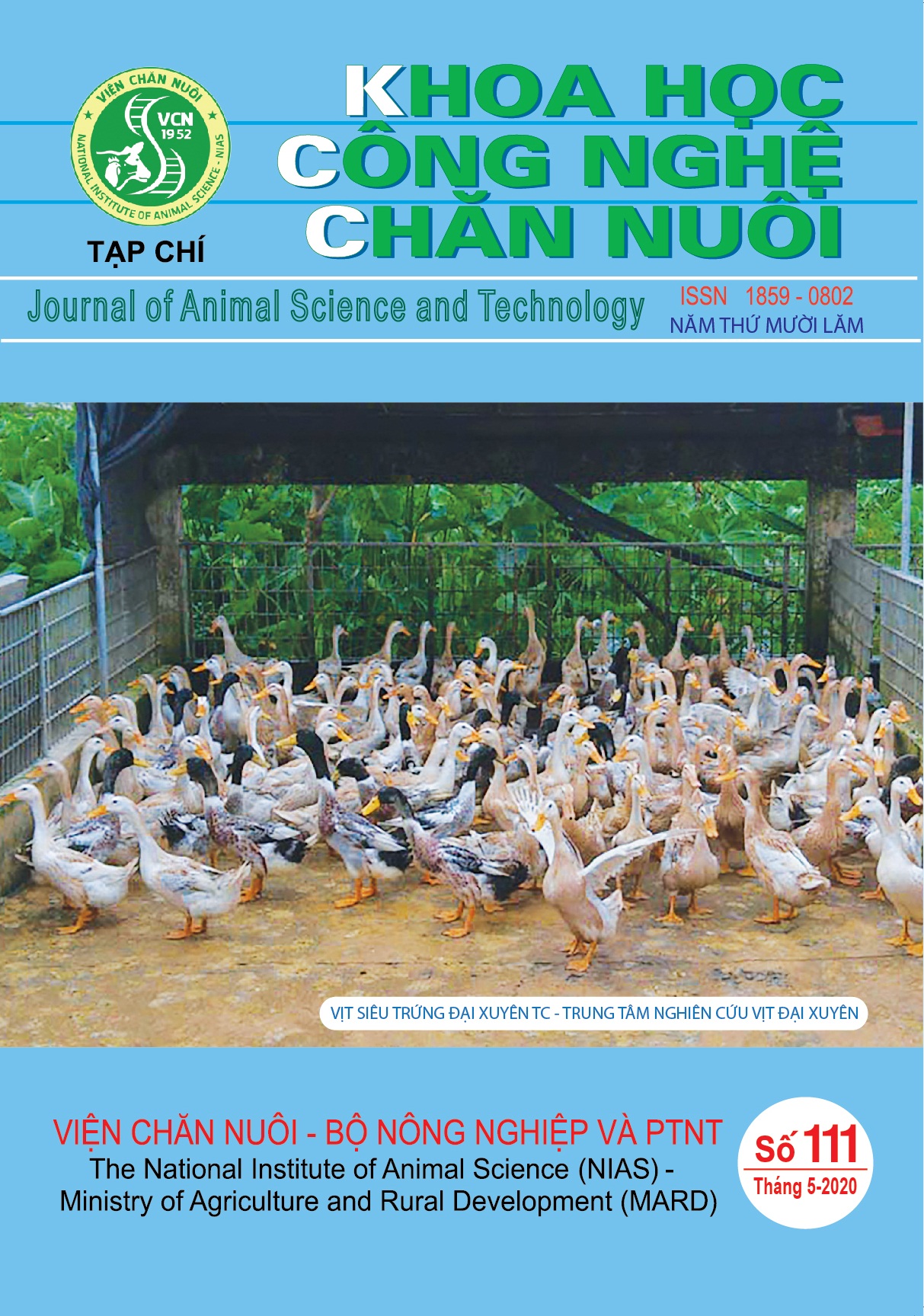Source of greenhouse gas emissions from livestock and mitigation strategies
The livestock industry requires a significant amount of natural resources and plays an important role in global greenhouse gas emissions. The most important greenhouse gases from agriculture in animal husbandry are methane and nitrous oxide. Methane, mainly produced from fermentation and storage of feces, is a gas that affects global warming. Nitrous oxide, arising from manure storage and use of organic / inorganic fertilizers. In addition to greenhouse gases arising from the fermentation and storage of manure, food production along with carbon dioxide and nitrogen oxide emissions in the soil is another important hotspot for the livestock industry. Carbon dioxide emissions in soils are due to soil carbon dynamics (e.g., decomposition of plant residues, soil organic chemicals, changes in land use, etc.), production of synthetic fertilizers and pesticides. depth and use of fossil fuels in farm activities. Nitrous oxide emissions are generated when organic and inorganic fertilizers are applied to the soil.
Mitigation strategies to reduce the sector's emissions intensity are necessary to meet the growing demand for livestock products due to population growth. The heterogeneity of the agricultural sector needs to be taken into account when determining the overall sustainability of the mitigation strategy, which can vary between livestock systems, species and climate. In general, no single measure can guarantee adequate emissions reductions, but a combination of solutions to achieve the best results. Reduction of methane emissions during intestinal fermentation may result in an increase in greenhouse gas emissions during manure application. Reducing nitrogen oxide emissions directly during fertilizer storage can lead to higher nitrate leakage and ammonia evaporation during field use. Mitigation can occur directly by reducing greenhouse gas emissions, or indirectly through improved production efficiency.
To increase the effectiveness of mitigation strategies, complex interactions between components of the livestock system must be taken into account to avoid environmental trade-offs and livestock development.

